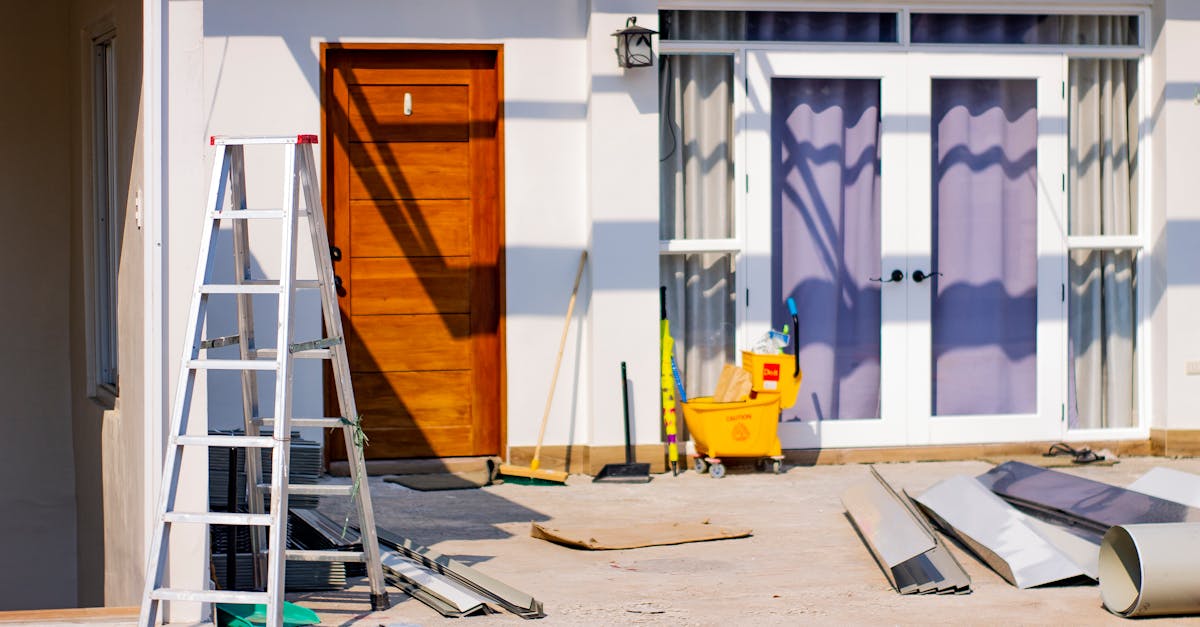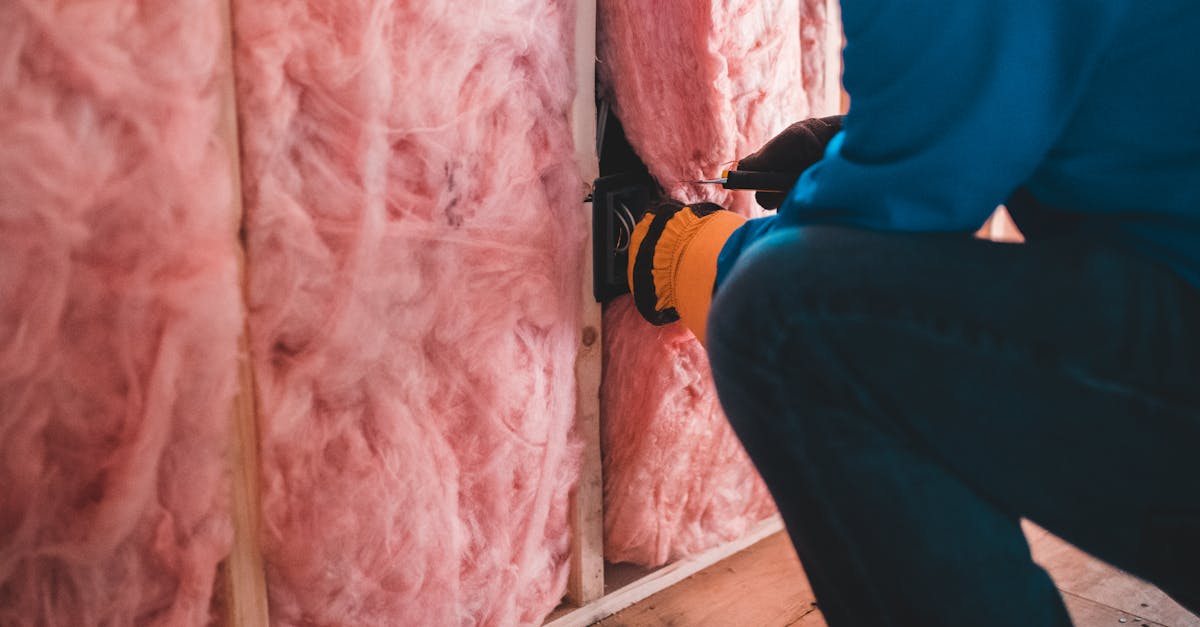How to Upgrade Your Home Insulation
Introduction
Ensuring your home is properly insulated can greatly enhance comfort and reduce energy bills. Upgrading your home's insulation is a practical step towards a more energy-efficient living space. Understanding how insulation works and the best methods to improve it is key to making informed decisions.
Advertisement
Understanding Insulation
Insulation works by reducing heat flow and maintaining a stable indoor climate. It's measured by its R-value, which indicates its thermal resistance. The higher the R-value, the better the material insulates. By controlling heat flow, insulation helps keep the home cooler in summer and warmer in winter, offering year-round comfort.
Advertisement
Assessing Current Insulation
Before you begin upgrading, assess your current insulation levels. Look for uneven temperatures, drafts, or high energy bills as indicators of inadequate insulation. Attics, walls, and floors are primary areas to evaluate. You may need to hire a professional for a comprehensive energy audit for accurate analysis.
Advertisement
Choosing the Right Materials
The choice of insulation material depends on factors like location and budget. Common materials include fiberglass batts, foam board, and cellulose. Each has its advantages; for example, spray foam provides excellent air sealing, while fiberglass batts are cost-effective and easy to install. Ensure the selected material suits the climatic conditions of your area.
Advertisement
Upgrading Attic Insulation
The attic is often the most significant source of heat loss. Start by sealing any air leaks to prevent heat from escaping. Then, consider adding a layer of blown-in cellulose or fiberglass between the joists. Ensure adequate ventilation to prevent moisture buildup, which can lead to mold and reduce insulation effectiveness.
Advertisement
Enhancing Wall Insulation
Upgrading wall insulation can be challenging but impactful. Options include applying exterior foam sheathing or using blown-in insulation for existing walls. For new constructions, opt for insulated concrete forms or structural insulated panels for superior insulation. Focus on sealing electrical outlets and windows to minimize heat transfer.
Advertisement
Boosting Floor Insulation
Floors above unheated spaces like garages or crawl spaces are often overlooked. Adding rigid foam board insulation or spray foam can improve floor insulation. In older homes, consider installing radiant floor heating for warmth and efficiency. A well-insulated floor also reduces noise transfer between different levels.
Advertisement
Addressing Other Key Areas
Don't ignore basements and crawl spaces. Adding spray foam to basement walls can prevent heat loss and moisture issues. For crawl spaces, install vapor barriers and insulate the underside of floors. Pay attention to windows and doors, adding weatherstripping or replacing them with double-glazed options for better energy efficiency.
Advertisement
Professional Vs DIY Installation
Decide whether to hire professionals or tackle the project yourself. While DIY can be cost-effective, professionals ensure proper installation and maximum efficiency. They can also access high-quality materials and provide warranties. Weigh the benefits of each approach based on the complexity of the job and your skill level.
Advertisement
Conclusion
Upgrading your home's insulation enhances comfort, reduces energy costs, and increases property value. By understanding insulation types and targeting critical areas like attics and walls, you can create a cozy and sustainable home environment. Whether you opt for DIY or professional help, taking action today leads to tomorrow's savings and comfort.
Advertisement


